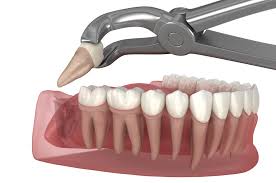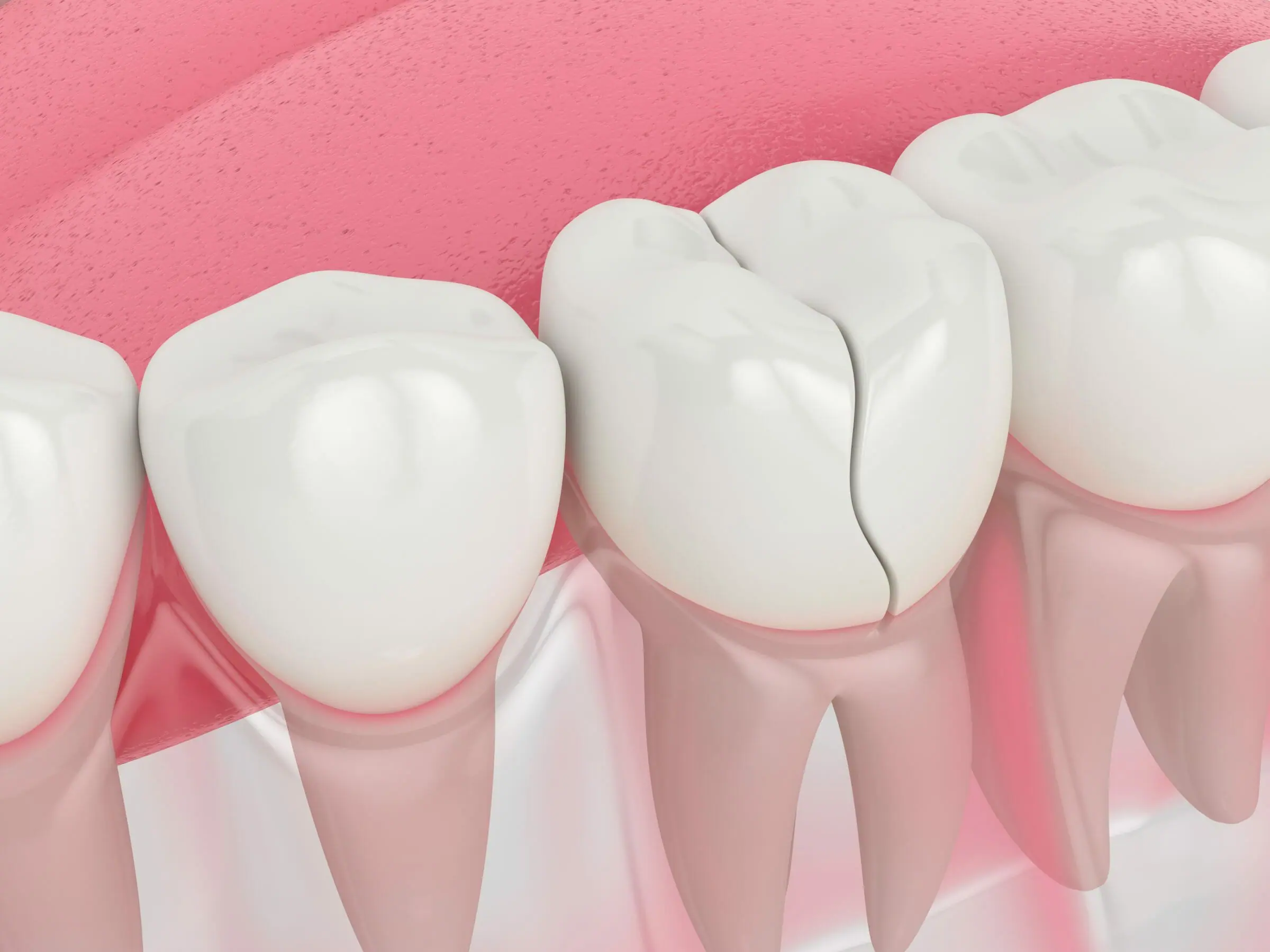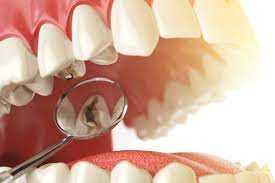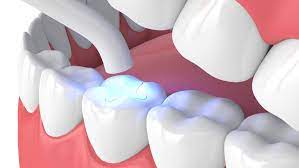Imagine your tooth as a grand fortress standing strong against invaders. Over time, however, wear and tear create small breaches in its walls, allowing enemies like bacteria to invade. A tooth filling is like a skilled mason’s repair—a patch placed over a weakened spot to restore the tooth’s former strength. But what happens if the repair is not sealed properly? Like a castle with a weak gate, your tooth may fall prey to new dangers, leading to pain and discomfort.
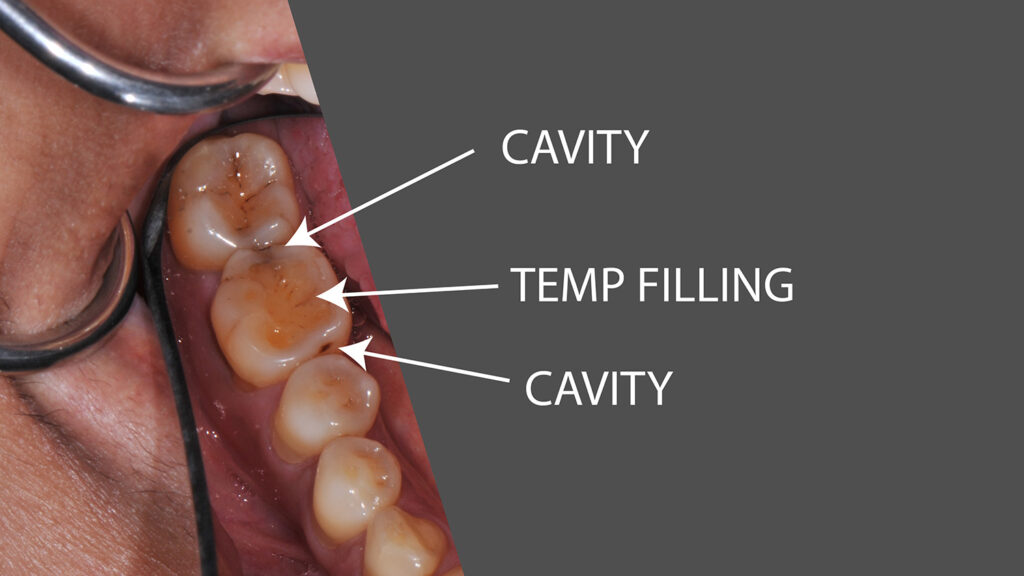
For mature individuals who experience tooth pain after filling, it is crucial to tread carefully, much like a seasoned sailor navigating stormy waters. Clenching, grinding, and chewing are like turbulent waves crashing against a ship’s hull—too much force can weaken the restoration and cause further damage. Ignoring the signs and delaying a visit to the dentist is akin to ignoring the creaks in a wooden bridge—one day, it may collapse unexpectedly.
A dentist plays the role of an experienced architect who inspects buildings for structural weaknesses. Only they can detect the precise point where the tooth filling has failed, much like an engineer who finds a crack in a dam before it bursts. The most common cause of pain after a filling is the breakdown of the seal between the filling and the enamel, which allows decay to creep in like vines overtaking an old ruin. Left unchecked, this decay can lead to infection, a siege on the fortress of your tooth that may require drastic measures like a root canal or extraction.
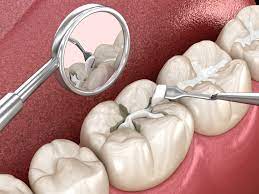
However, while awaiting professional help, one can resort to temporary solutions. Just as a soldier might use a makeshift shield until reinforcements arrive, there are natural remedies to ease the discomfort. Clove oil, for instance, acts like a calming balm, numbing the pain and holding the enemy at bay. A saltwater rinse serves as a gentle cleanser, much like a river washing away debris after a storm. These remedies do not repair the fortress but provide temporary relief until the real builders—your dentists—can step in.
The key takeaway is this: a tooth filling is not an indestructible defense. It requires care and vigilance, much like any structure exposed to the elements. Just as an unmaintained bridge can collapse or a neglected lock can rust, a filling can deteriorate if not properly monitored. Regular checkups act as inspections, ensuring that no small crack turns into a gaping chasm.
In the grand battlefield of dental health, prevention is the best strategy. Ignoring tooth pain after a filling is like ignoring smoke from a distant fire—it may seem small now, but without intervention, it can grow into an unmanageable blaze. A timely visit to the dentist is the only way to ensure that the stronghold of your smile remains intact, fortified against the relentless march of decay and discomfort.

